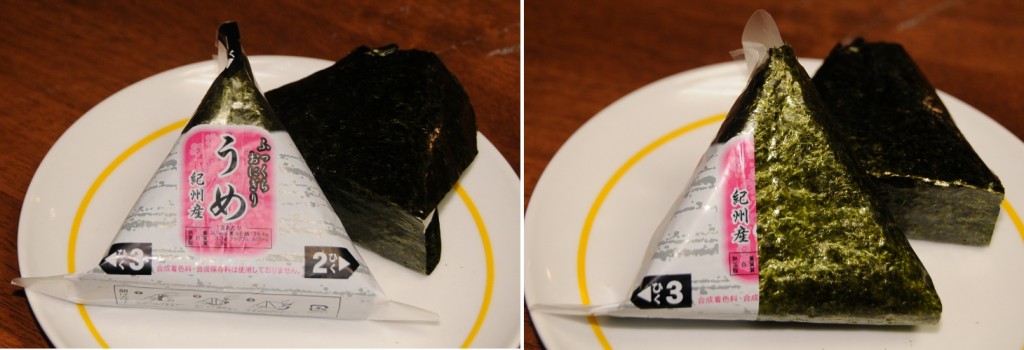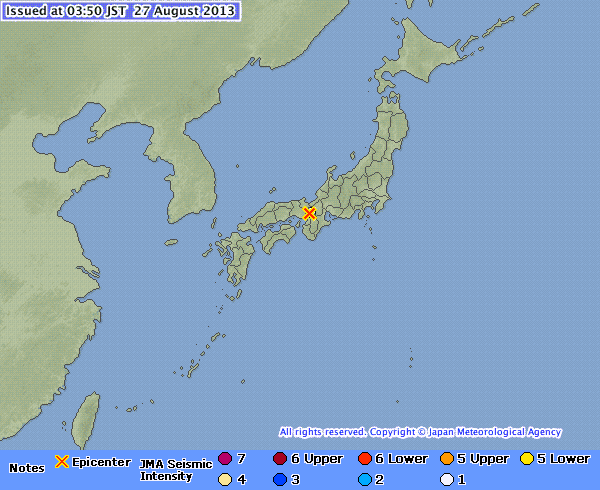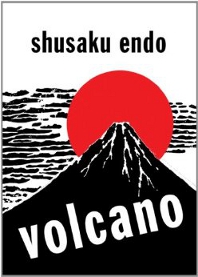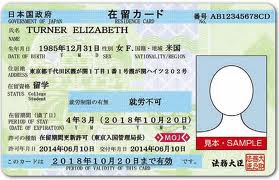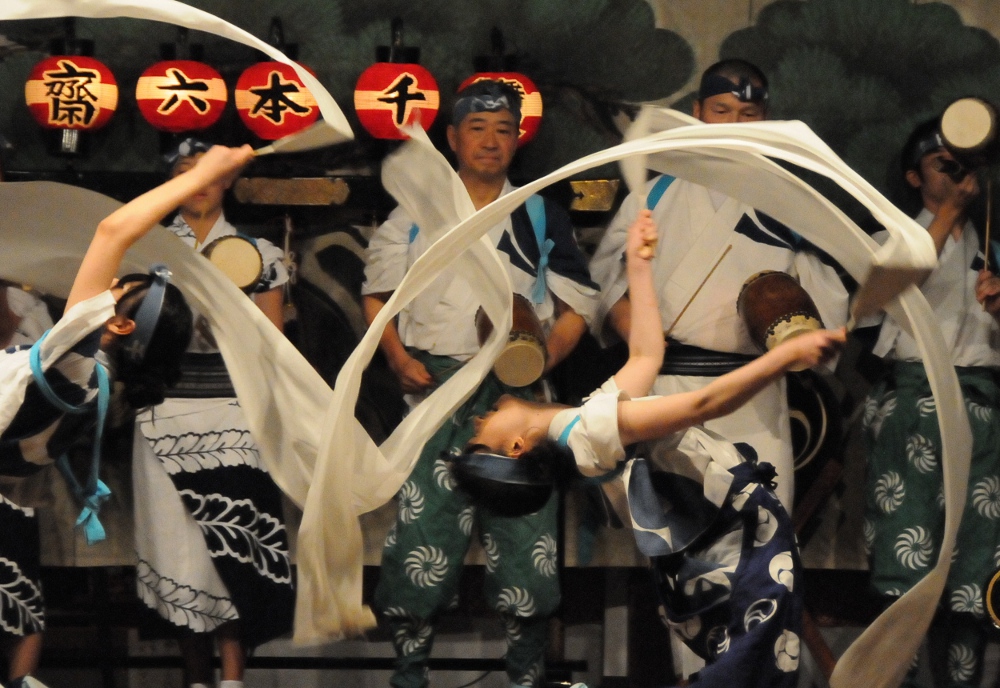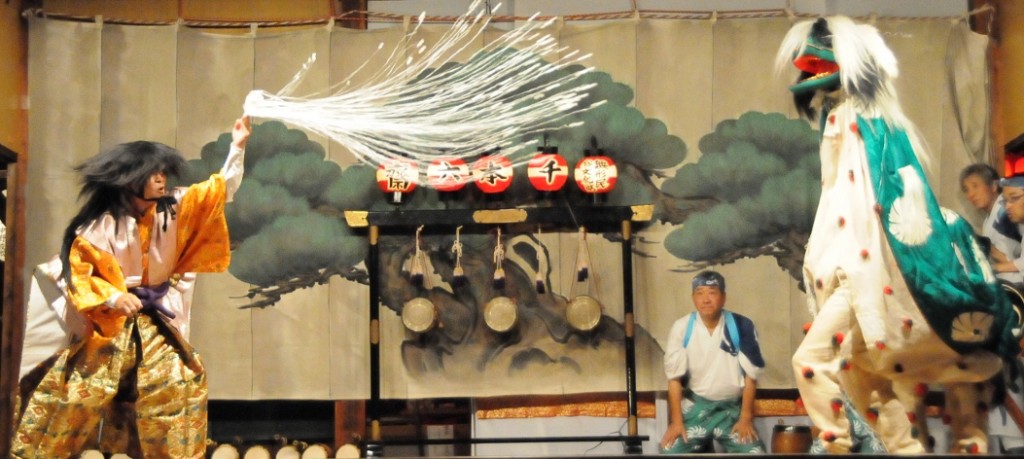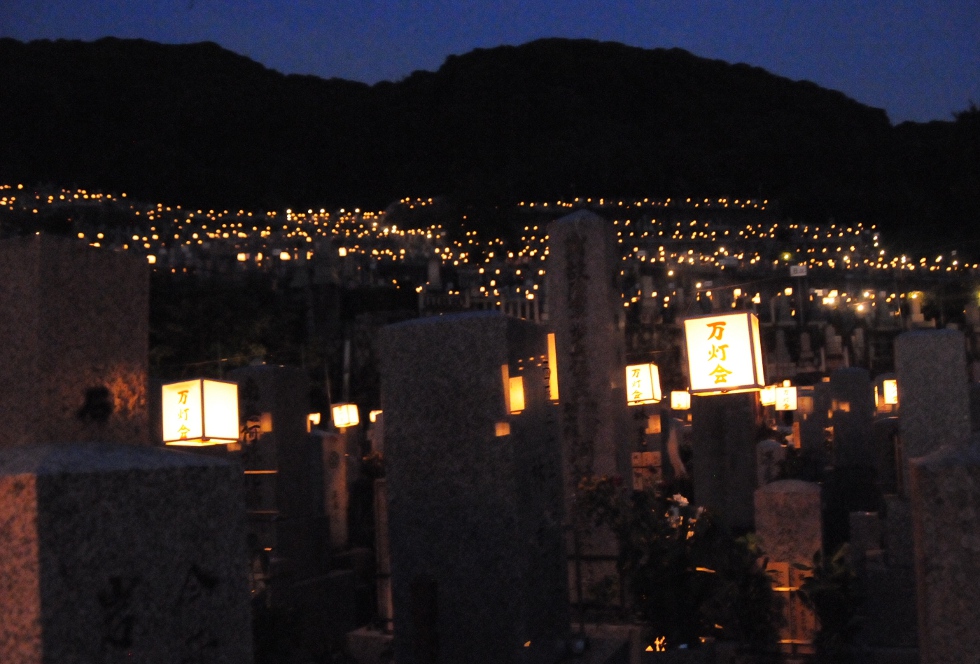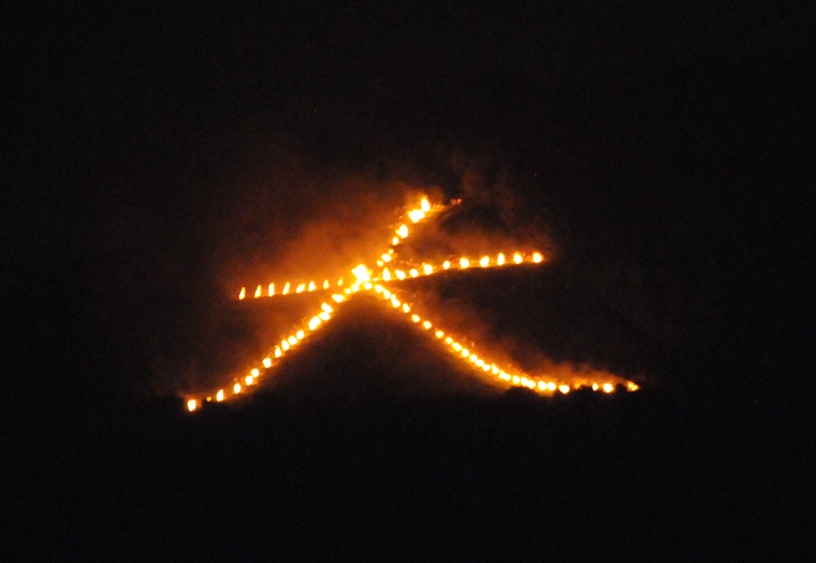 Yesterday was full moon, and this particular one on August 15th in the lunar calendar, the harvest full moon, is said to be the brightest and most beautiful of them all, and this fact drives many Japanese out to moon viewing parties. There were numerous yugoya events throughout Kyoto last night, some of them with green tea being offered, koto-recitals, or similar. However, we chose to go to Daikakuji and its pond as it is considered the best spot for yugoya. The area around the temple is still rather rural – I walked through rice fields on my way there – and the city forbids development, so the nights are dark and quiet, just perfect for moon viewing.
Yesterday was full moon, and this particular one on August 15th in the lunar calendar, the harvest full moon, is said to be the brightest and most beautiful of them all, and this fact drives many Japanese out to moon viewing parties. There were numerous yugoya events throughout Kyoto last night, some of them with green tea being offered, koto-recitals, or similar. However, we chose to go to Daikakuji and its pond as it is considered the best spot for yugoya. The area around the temple is still rather rural – I walked through rice fields on my way there – and the city forbids development, so the nights are dark and quiet, just perfect for moon viewing.
Daikakuji is one of the big Buddhist temples in Arashiyama, the westernmost part of Kyoto. It was built as detached palace for emperor Saga, and in 876 he designated it to be converted into a Shingon Buddhist temple. The origin as palace is still palpable throughout the compound: beautiful gardens lie between spacious buildings which are lavishly decorated and have amazing paintings on their sliding doors. A large part of the buildings can be visited, and yesterday at dusk, especially the old gardens made a deep impression on me. Then there is Osawa, a large lotus pond, next to the temple, which was specially laid out to resemble lake Tungting in China.
And this pond is what draws people to Daikakuji for the yugoya: Large boats cruise the pond, quietly pushed with bamboo poles, and a ride on one of those, away from the noisy people on shore, with lots of time to contemplate the moon, must indeed be quite an experience. Unfortunately, an experience we were not able to make, because by the time we arrived at the temple, all boats were sold out already.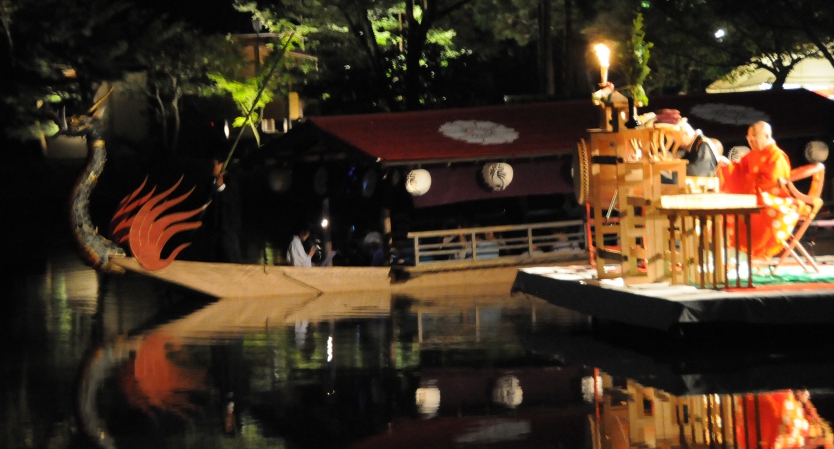
Anyway, we took our time to see the palace/temple and at 6:30 a ceremony started with a long procession of priests taking their place on a platform prepared in the lake, the altar in the direction of the full moon, which had already risen by that time, and did look very beautiful indeed on the cloudless sky. It was an interesting mix of Shinto and Buddhist rites, with shrine maidens and Buddhist priests, something I have never encountered before. There were drums and cymbals, and the ceremony ended with a reading (or rather: chanting) from one of the Buddhist main texts.
Afterwards, we turned our attention to the food stalls on the shore: Takoyaki, udon and soba, traditional Kyoto style mochi called yatsuhashi and slightly modernized ones with strawberry filling, beer, soft drinks and shaved ice… But of course, special days call for special treats. For example, there are round white mochi with a strip of anko – red bean paste – across them, meant to resemble the moon behind a cloud. More appealing to me, however – remember that I don’t really like anko – were the little sweets in shape of white rabbits. Rabbits? Well, according to Asian tradition, there is a rabbit living in the moon…






